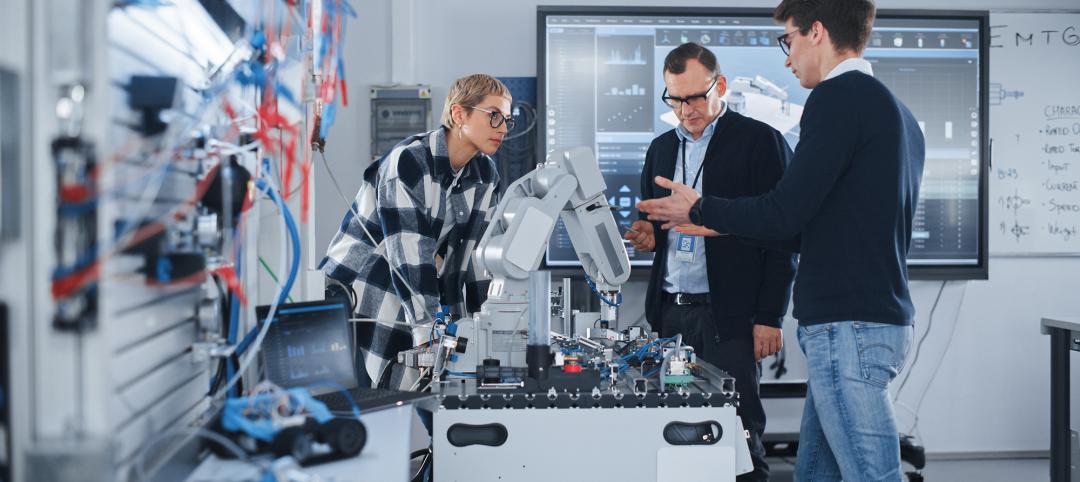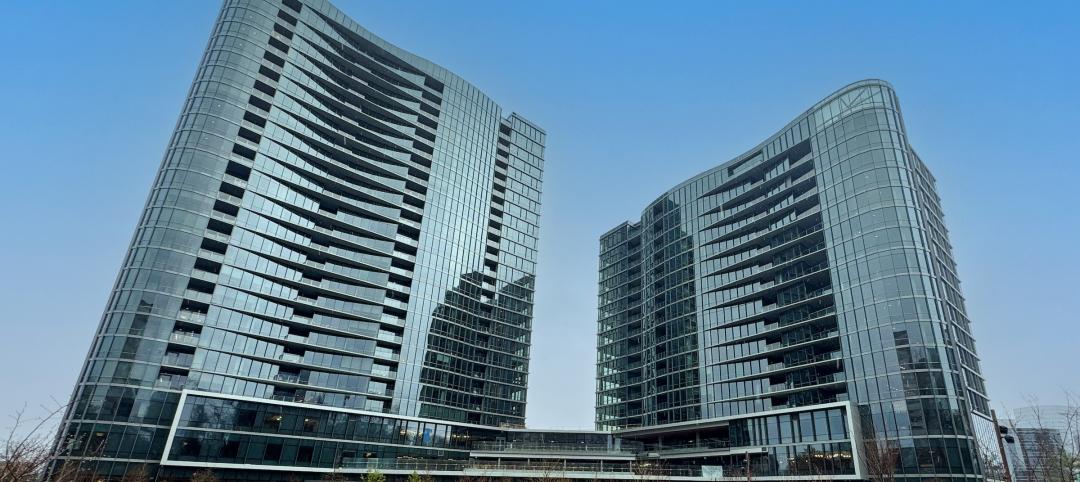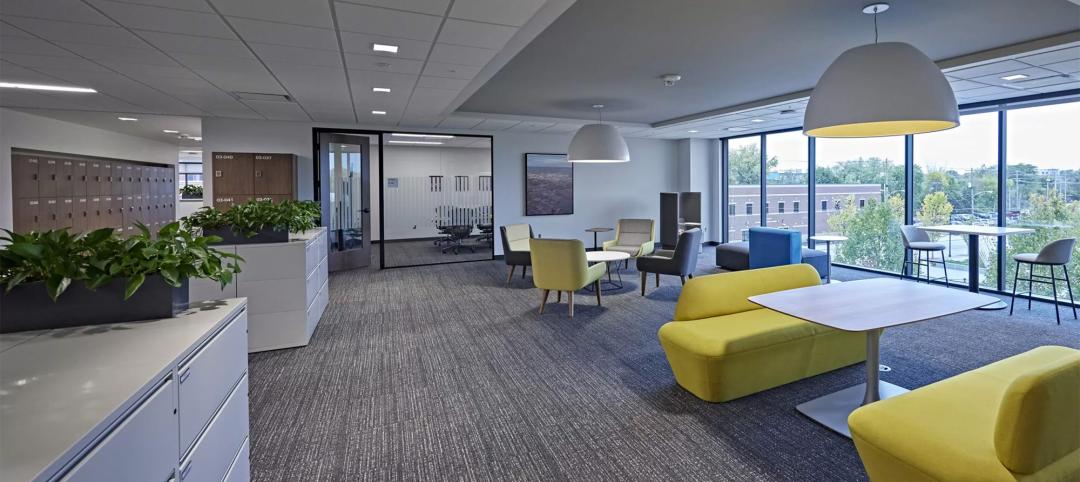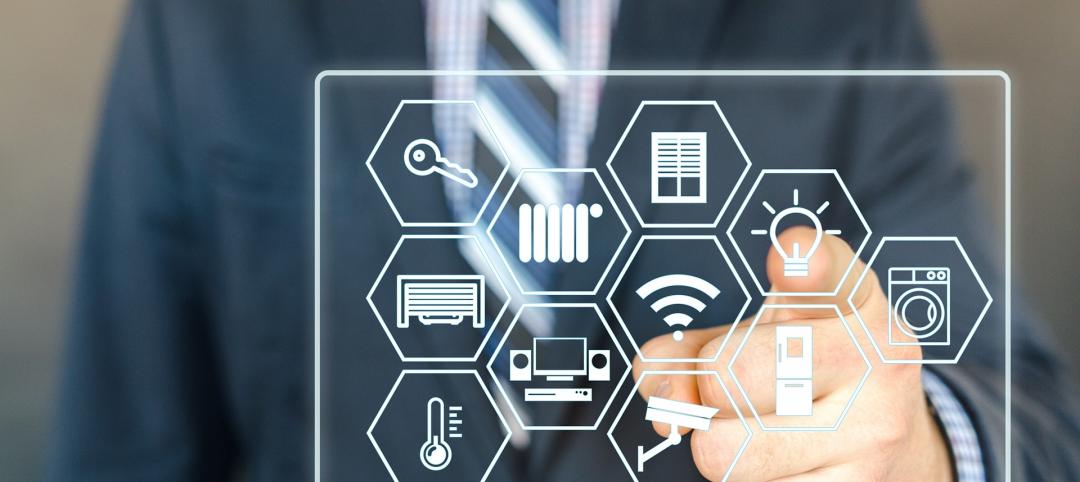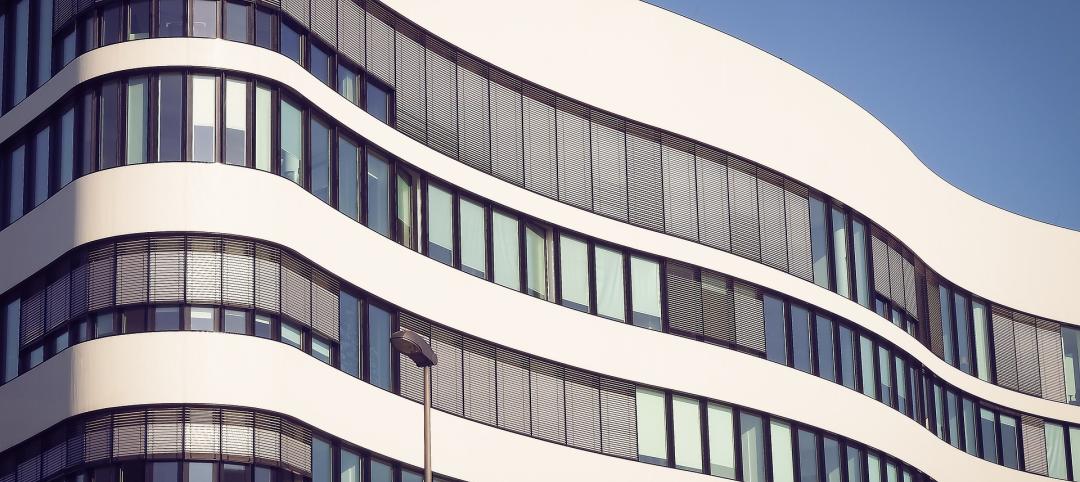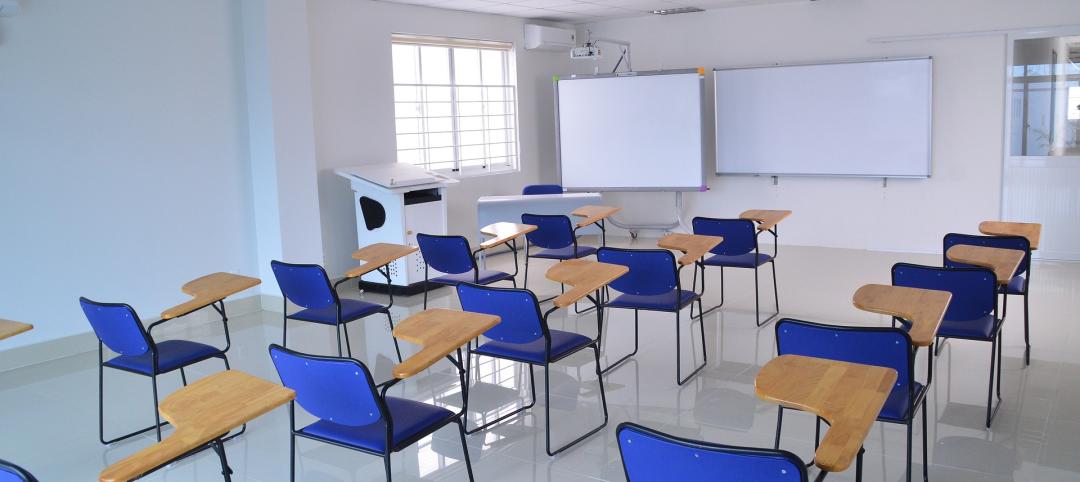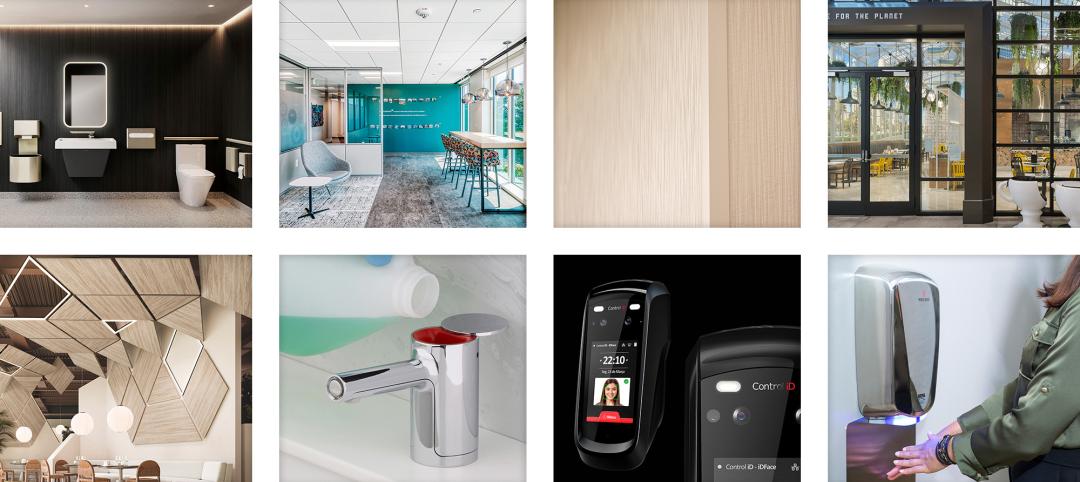On zero-energy cities: The idea of a zero-energy city is a subject I’ve been interested in most of my career, working in indigenous areas like Guatemala and the Middle East, looking for clues about the design of buildings in their cultural and historical fabric. For the last four years, we’ve been looking at how to relate buildings to the natural forces that are available to us—geothermal, wind, solar, building orientation, and so on.
Sears Tower as guidepost: In 2005, while Gordon Gill and I were still at SOM, we started to look at the need to not only reduce buildings’ reliance on energy, but also to absorb the energy and use the latent environment to its greatest advantage. The Sears Tower [now Willis Tower] has 10,000 panes of single-glaze glass, and each creates as much carbon as one SUV. So we looked into completely replacing the exterior wall, redoing the insulation panels, updating the mechanical systems, reducing the amount of artificial light in the inner space, using dimmer systems, greening the nine roofs, using solar provide hot water, and so on. The potential savings would be 68 million kWh a year, which translates to five million fewer miles of driving, or electricity for 2,500 homes. We concluded that we could save 80% of the base energy of the building and 50% of the tenant energy use for the building.
Decarbonizing Chicago: The Sears Tower got us thinking about the 2030 Challenge, the BOMA 7-Point Challenge, and the Chicago Climate Action Plan: What would happen if we analyzed Chicago’s Loop to meet those goals? Over the last year, our firm has conducted an extensive study, a Chicago Central Area Decarbonization Plan, to see what it would take to get a carbon-free environment by 2030. We looked at a 460-acre section of the Loop that represents 9% of the city’s emissions, 3.9 million tons of CO2e a year, to see how to get an 80% reduction by 2020 and eliminate 3.2 million tons of CO2e a year.
By taking every building in the study area, all 550, and applying what we did in the Sears Tower, you get about one-third of the way toward the 2030 Challenge. Then, if you change the “urban matrix” of the buildings in the Loop from essentially 100% office use to 50% office and 50% residential, that gets you two-thirds of the way there. And through means like smart infrastructure, increased pedestrian traffic, district cooling, reducing energy in water and waste, and community education—when you do all that, you still have about 20% of the way to go, and that 20% has to come from renewable power sources to achieve a total reduction of carbon.
New technology, new philosophy: The old technology, old philosophy is having a central power plant and transmitting the power from the central plant to each building in the city. The problem is that you’re only 40-50% efficient at the source, and you’re losing 30% more in transmission, so you’re throwing away 70-80% of the power. Using new technology with wind and solar farms still relies on transmitting energy to the city. The new technology, new philosophy is to make as much power on the site as possible. Then you can shave the peak period for all users and reduce the total number of power plants. And you don’t need the grid: every building becomes a power source.
QUESTIONS FROM THE IIT AUDIENCE
Does your plan use projections of future improvements in technology?
ADS: The Chicago decarbonization plan uses existing technology; we don’t rely on technology that doesn’t exist. As people hear about what we’re doing, new technology will become part of our daily lives. We don’t know if some of those things will work, so you can’t rely on unknown technology in the future.
What about the embodied energy of materials?
ADS: The best way you can save energy is to take something old and renew it. You have to tackle it building by building, district by district. The study showed that for $65 a square foot you could bring these buildings up to state of the art, vs. $250 a square foot to replace them.
How will you store energy for when it’s actually needed?
ADS: You have to have storage facilities to store that power, whether that’s a battery or limestone caves. This is a key area of investigation, and it’s going to take a clever solution to do this on an economical basis.
How likely is it that your plan could be implemented?
ADS: That’s a big question mark. In New York City, building owners have to do some of the things we’re talking about. This is a seed. You throw it out there.
Would the residential units be too expensive for low-income groups?
ADS: In the Loop, retrofitting the pre-1950s buildings could give you opportunity to do that, where units would be cost accessible. In the ’80s, we took a lot of abandoned manufacturing buildings and converted them into residential lofts that were quite affordable.
How do you counteract the public’s reaction to high density?
ADS: People don’t want their views blocked, and that’s where a master plan comes in, and zoning densities. Wacker’s “Manual of the Plan of Chicago” was used for 15 years after the Burnham Plan of 1909, to teach every public school student what the plan meant. We’re proposing a similar manual that creates strategies for a carbon-free environment.
Related Stories
Building Team | Jul 3, 2024
So you want to get published: What’s next?
In the AEC industry, securing media attention is no longer a niche endeavor but an essential component of a holistic marketing strategy.
Laboratories | Jul 3, 2024
New science, old buildings: Renovating for efficiency, flexibility, and connection
What does the research space of the future look like? And can it be housed in older buildings—or does it require new construction?
MFPRO+ New Projects | Jul 2, 2024
Miami residential condo tower provides a deeded office unit for every buyer
A new Miami residential condo office tower sweetens the deal for buyers by providing an individual, deeded and furnished office with each condo unit purchased. One Twenty Brickell Residences, a 34-story, 240-unit tower, also offers more than 60,000 sf of exclusive residential amenities.
Student Housing | Jul 1, 2024
Two-tower luxury senior living community features wellness and biophilic elements
A new, two-building, 27-story senior living community in Tysons, Va., emphasizes wellness and biophilic design elements. The Mather, a luxury community for adults aged 62 and older, is situated on a small site surrounded by high-rises.
Office Buildings | Jul 1, 2024
Mastering office layouts: 5 primary models for maximum efficiency and productivity
When laying out an office, there are many factors to consider. It’s important to maximize the space, but it’s equally important to make sure the design allows employees to work efficiently.
Smart Buildings | Jul 1, 2024
GSA to invest $80 million on smart building technologies at federal properties
The U.S. General Services Administration (GSA) will invest $80 million from the Inflation Reduction Act (IRA) into smart building technologies within 560 federal buildings. GSA intends to enhance operations through granular controls, expand available reporting with more advanced metering sources, and optimize the operator experience.
Sustainability | Jul 1, 2024
Amazon, JPMorgan Chase among companies collaborating with ILFI to advance carbon verification
Four companies (Amazon, JPMorgan Chase, JLL, and Prologis) are working with the International Living Future Institute to support development of new versions of Zero Carbon Certification.
K-12 Schools | Jul 1, 2024
New guidelines for securing schools and community spaces released by the Door Security and Safety Foundation
The Door Security and Safety Foundation (DSSF), in collaboration with Door and Hardware Institute (DHI), recently released of “Are Your Door Openings Secure?.” The document provides guidelines to equip school administrators, building management personnel, and community leaders with a clear roadmap to create a secure and safe environment.
Products and Materials | Jun 30, 2024
Top products from AIA 2024
This month, Building Design+Construction editors are bringing you the top products displayed at the 2024 AIA Conference on Architecture & Design. Nearly 550 building product manufacturers showcased their products—here are 17 that caught our eye.
University Buildings | Jun 28, 2024
The American University in Cairo launches a 270,000-sf expansion of its campus in New Cairo, Egypt
In New Cairo, Egypt, The American University in Cairo (AUC) has broken ground on a roughly 270,000-sf expansion of its campus. The project encompasses two new buildings intended to enhance the physical campus and support AUC’s mission to provide top-tier education and research.




